In 1863, the world’s first-ever subterranean passenger railway chuffed into a tunnel beneath the streets of Britain’s capital carrying passengers on its maiden voyage.
A century and a half later, having survived the Blitz, terrorist attacks and 15,334 busker renditions of “Mr. Tambourine Man,” the London Underground is still going strong.
Now expanded to 12 lines, 114,500 miles of track and 270 stations, the labyrinthine Tube network can seem intimidating to visitors to London. So, to avoid panic in Piccadilly Circus or a mix-up at Marylebone, here’s our guide of 10 tips to riding the Tube.
1. How to buy a ticket
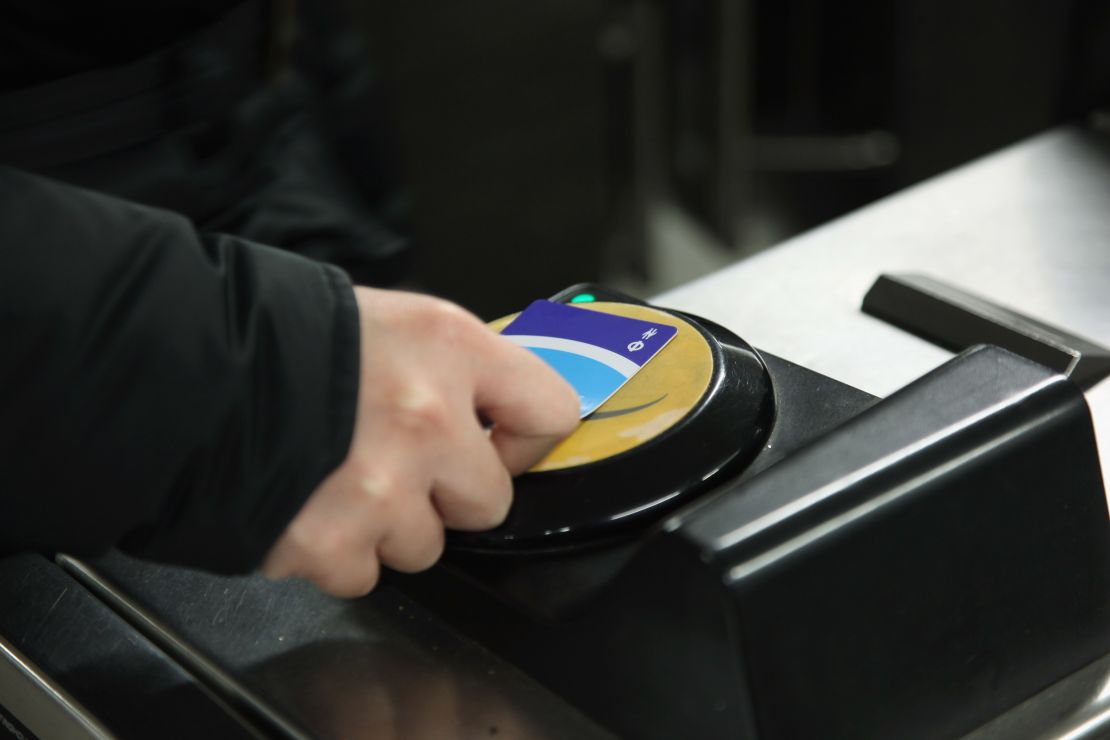
High-priced paper tickets can still be bought for the Tube, but have been made more or less obsolete by a cheaper electronic service known – probably because it makes you gag when swallowed whole – as Oyster.
Giving swipe-through access to Tube stations, pre-paid Oyster cards make travel easier until, inevitably at rush hour with 400 commuters pushing at your back, the ticket barrier informs you your money has run out.
No fear though, you can now use a contactless debit or credit card in the same way as an Oyster Card. Other contactless payment methods also work – so if you have a Apple Watch, Apple Pay or another smartphone app, that would work too.
2. How to make the most of the Tube
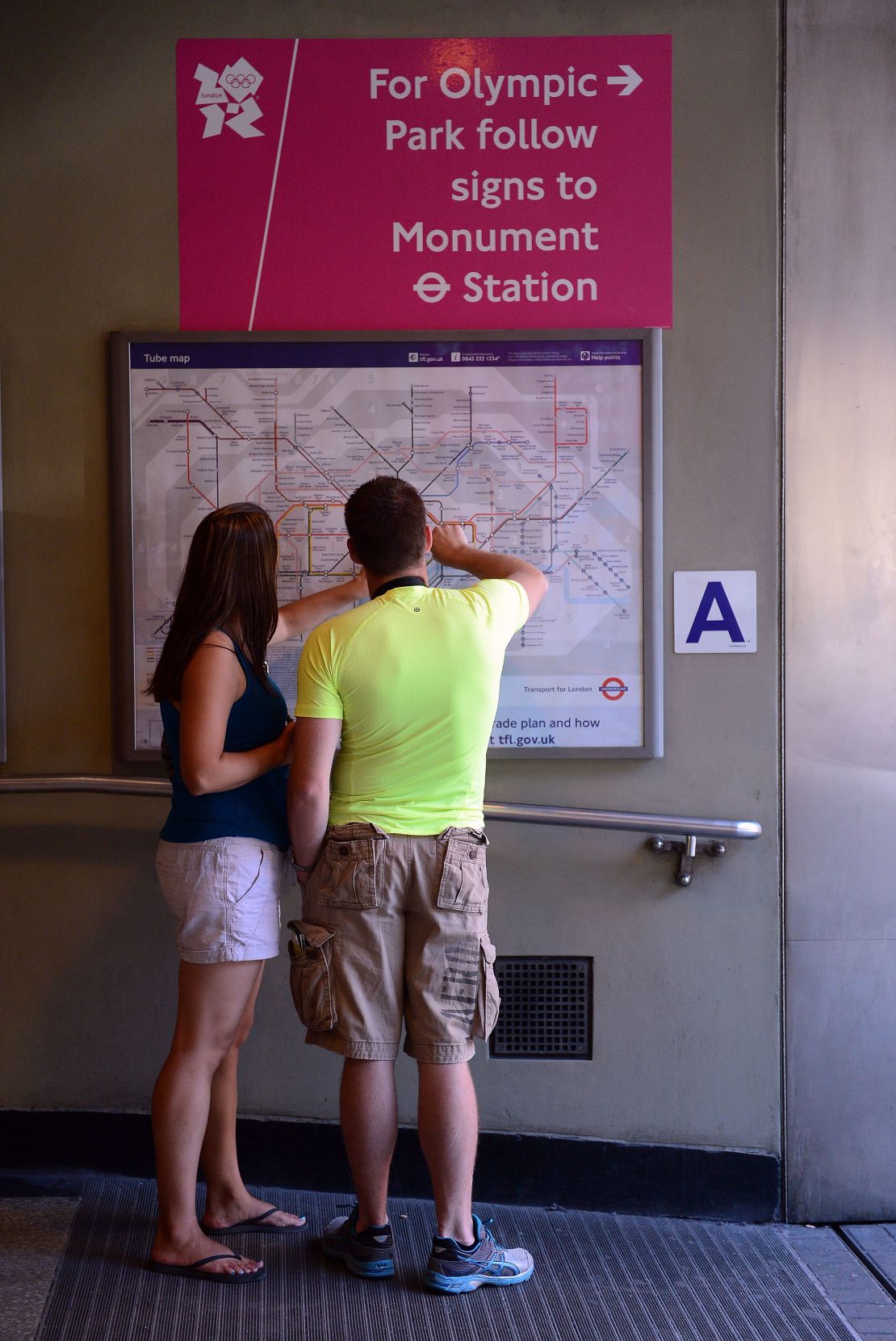
London’s underground network is actually mostly overground and stretches from the heart of the city to the fringes of the countryside.
You can take the Metropolitan line out to Amersham where it’s not unusual to see a cow peering at you through the window. You can ride north on the Piccadilly line to Cockfosters, simply to snicker at the name. You can even travel out to Heathrow Airport in marginally less time than it takes to fly to Shanghai.
Traveling to London? Insiders share their tips
3. How to arrive on time
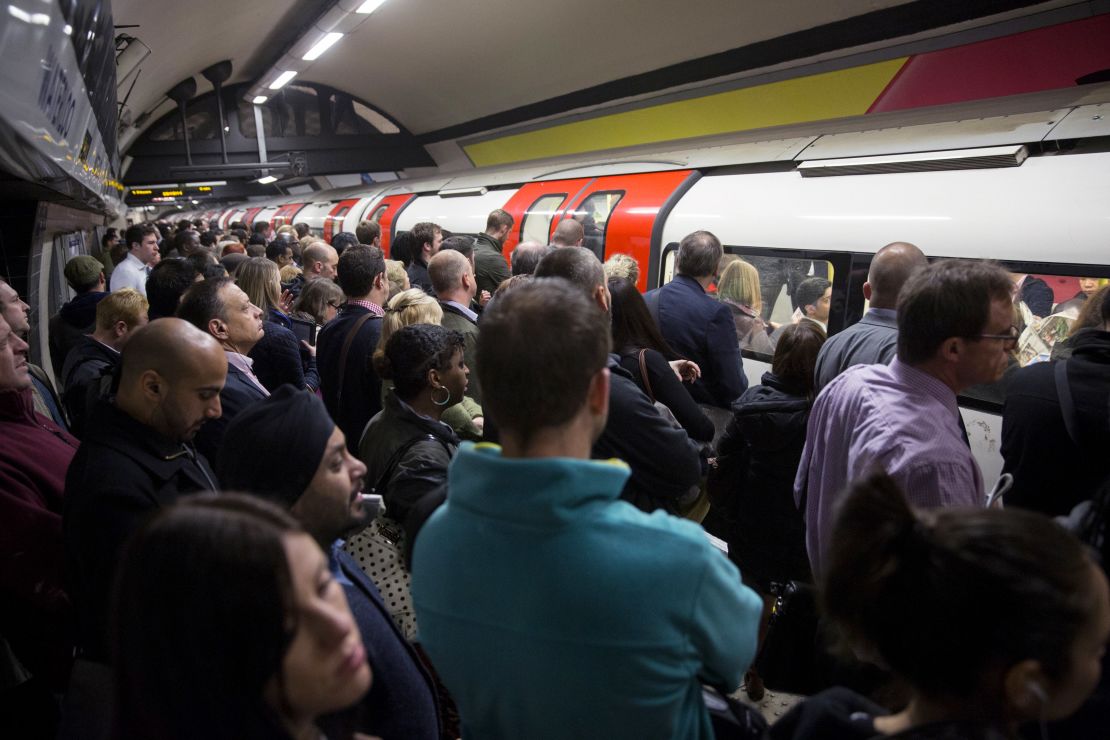
Punctuality is not an option when using the Tube. The more urgent your journey, the longer it will take you to get there. Not surprisingly – given the daily miracle of delivering 3 million commuters via a 150-year-old rail network – failed signals, engineering works or driver illness mean delayed arrivals are inevitable.
Sadly, the Tube has become a handy scapegoat for all unrelated tardiness. Missed a deadline? Blame the Tube. Overslept? Blame the Tube.
It has also become a source of misguided hope. Across London there are scores of people jilted at the altar who still cling vainly to the hope their feckless ex-partners have merely been delayed by switching problems at High Barnet.
4. How to relax
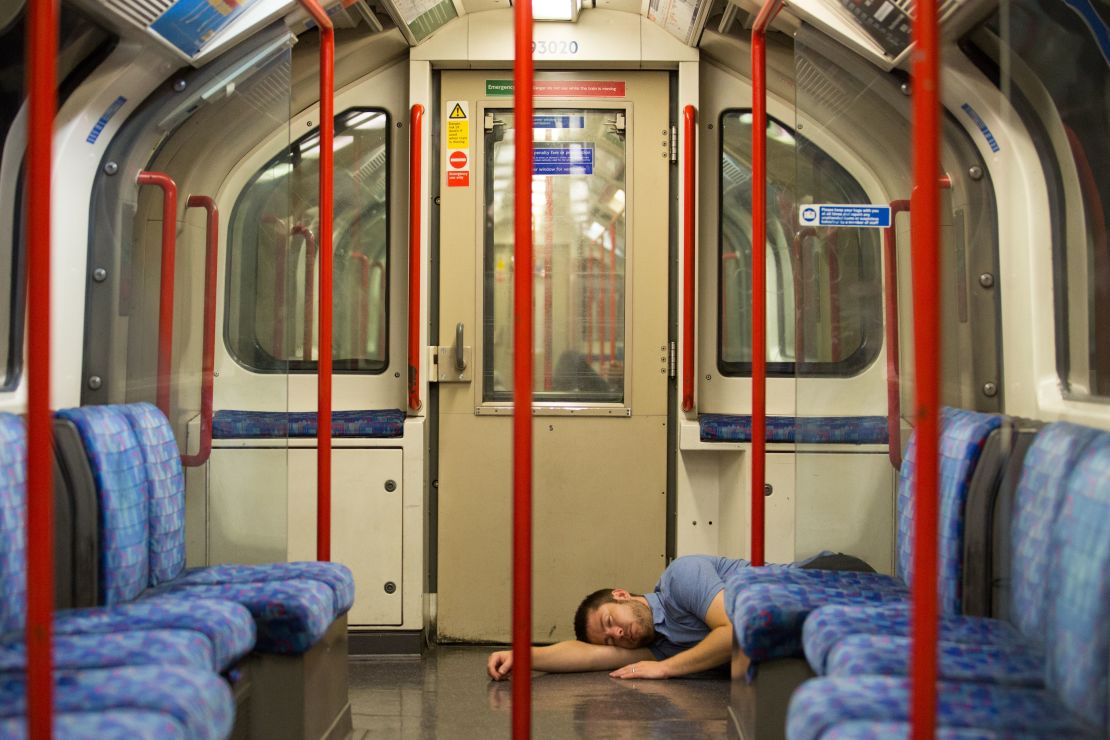
It’s easy to be lulled by the gentle rocking of a warm Tube carriage, so don’t be embarrassed about grabbing a quick nap.
Dozing off on the shoulder of a complete stranger is perfectly acceptable on the London Underground, provided you don’t drool and have no objection to being laughed at or Instagrammed by hipsters. Unfortunately, the Circle Line loop no longer runs trains on a continuous circuit, but the Northern Line will usually oblige with enough delays to offer an uninterrupted eight hours of sleep.
European food in London: Favorites from each EU country
5. How to be chivalrous
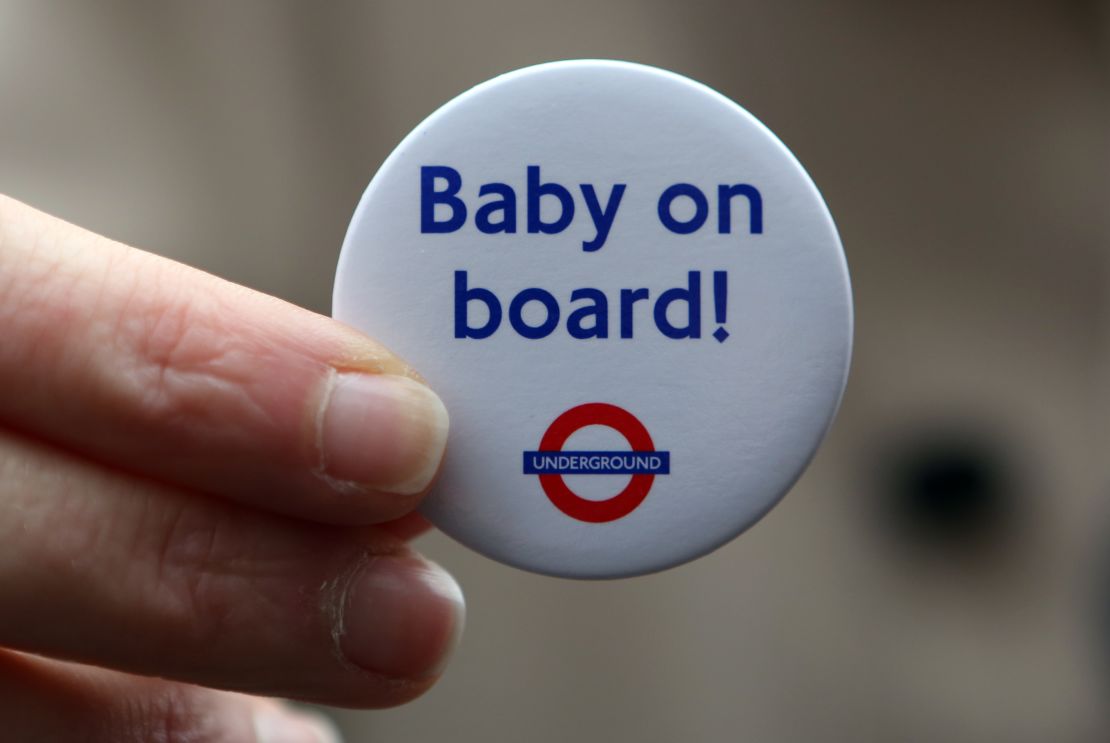
London Underground regulations insist passengers give up their seats to women expecting babies.
In winter months, when many people wear bulky coats or tuck into Christmas treats, this can lead to confusion. Is that stomach bump down to pregnancy, padding or pies?
Thankfully, because scientists have proven British people actually can die of embarrassment, transport authorities now remove the guesswork by issuing moms-to-be with badges clearly signaling “baby on board.”
6. How to navigate
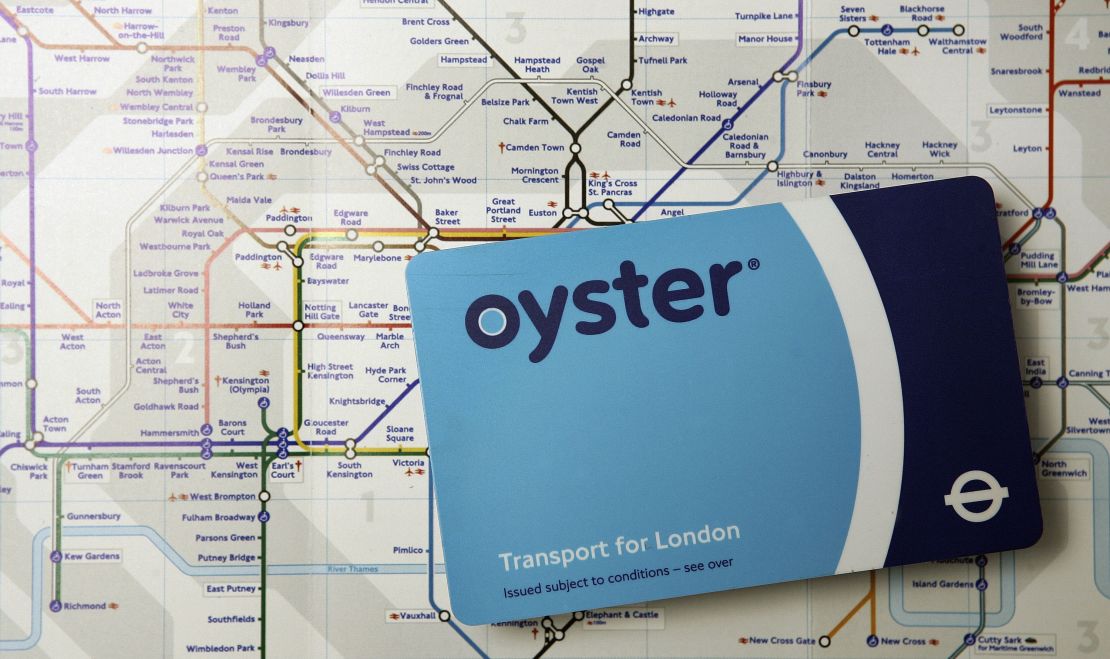
Based on a 1930s concept by draftsman Harry Beck, the official Tube map is a thing of beauty. But this idiot-proof chart is unnecessary for anyone with a keen eye and a good nose.
Tube architects and designers have given each individual line its own look and feel. All are color-coded, featuring style flourishes in train carriages and station buildings. They also have their own unique odors. There are the engine oil and electrical smells borne on the warm winds of the Central Lines. And the sewer smells that haunt the Jubilee.
Some are relatively fragrant. Mercifully, the Hammersmith and City does not live up to its unfortunate rhyming slang nickname.
London night photos: Aerial shots of a neon metropolis
7. How to pass the time

Statistics show Londoners can spend up to 18 months of their lives commuting, although not usually on a single journey – unless they live along the Northern Line.
In any other country, that would be a perfect opportunity to chat to fellow passengers and make new friends. But not in London. For many people, the Tube is a sanctuary. With no mobile phone signals, an embarrassed silence hangs in the air, giving it the feel of a Cistercian monastery or an English dinner party.
No matter how bored you are, you must not break this silence. Instead pass the time by reading the amusing place names on the Tube map. Did we mention Cockfosters?
8. How to open the doors
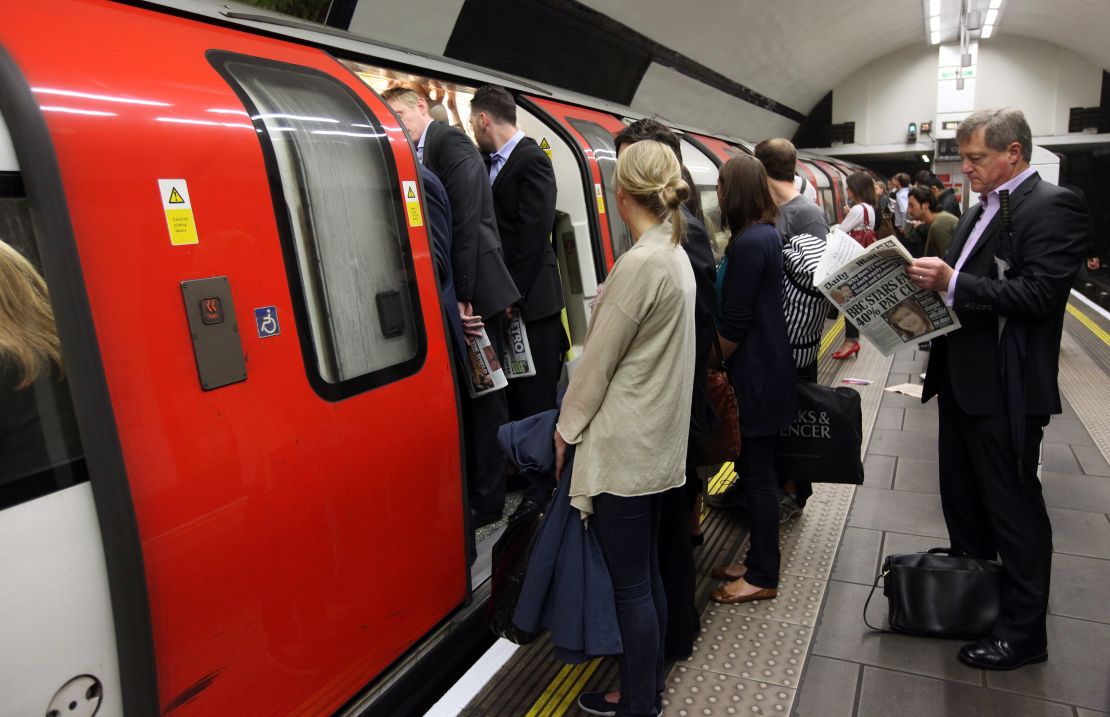
Doors will open automatically. Never press the “open door” button. This does not function and is there merely to humiliate visitors and give passengers something to laugh at when Cockfosters starts to wear thin.
20 great things to do in Greater London
9. How to travel at weekends
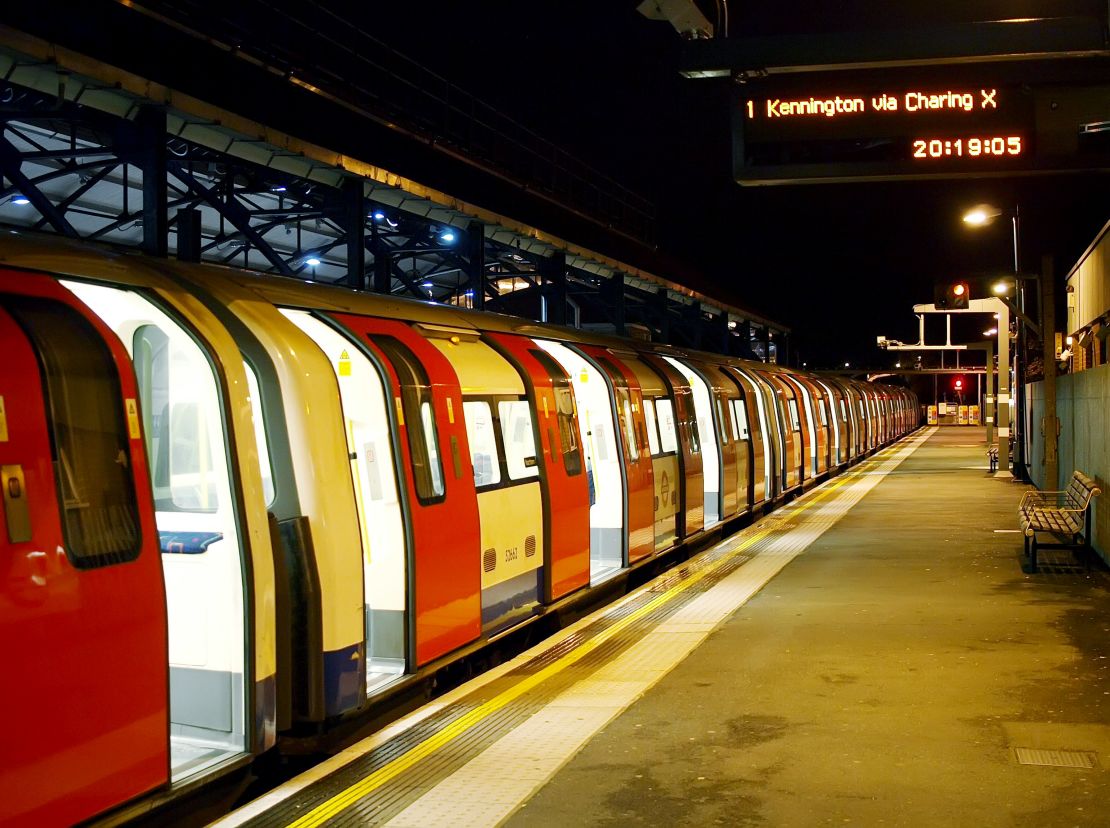
Don’t. Nobody travels at weekends in London. Most commuters stay at home at weekends reading work emails on their phones and sobbing about being trapped in the rat race.
Their miserable lives might be marginally happier if they knew that everyone else was also trapped at home by the Tube’s regular program of Saturday and Sunday engineering works.
In London cemeteries, find some amazing tombs and gravestones
10. How to behave
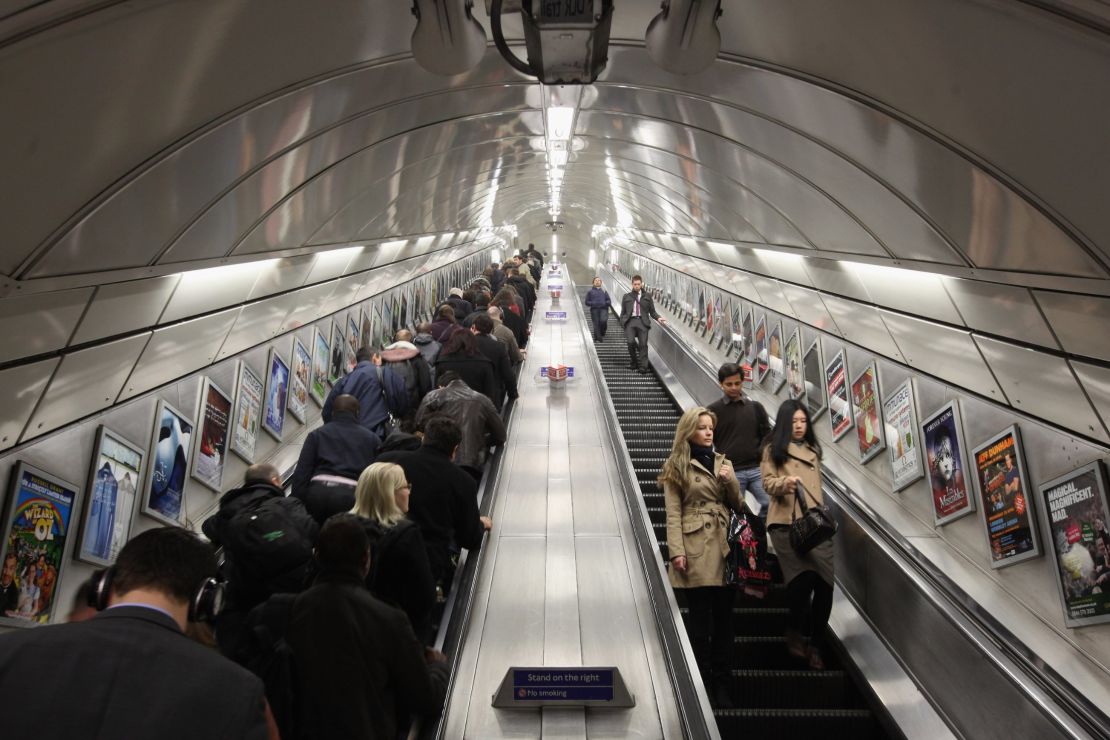
It’s not just the not talking or surrendering your seat to expectant mothers, there are other matters of etiquette to be observed on the Underground network.
When boarding a train, it’s polite to wait until passengers have finished exiting. When riding escalators, it’s polite to stand on the right so that people in a hurry can get past.
It’s important to move down the carriages to allow room for other passengers. It’s important to stand clear of the doors. It’s even more important to mind the gap. The London Underground is a civilized institution. It has been around for 150 years and, for all its faults, demands good behavior, respect and …
Oh, forget it. Let’s take a taxi.
Barry Neild is CNN Travel’s Editor. This article was previously published in 2013. It was reformatted and republished in 2017.



